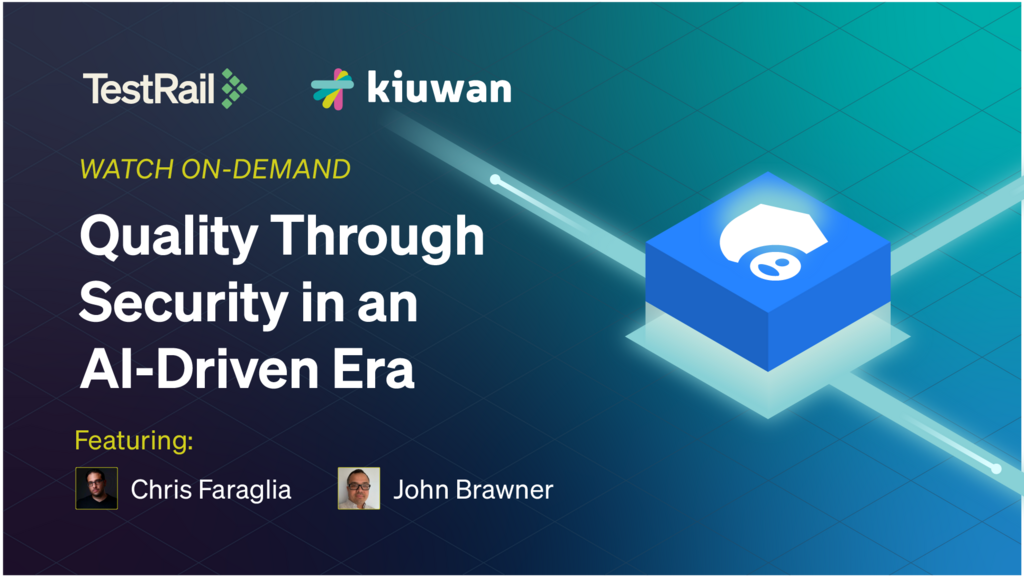Challenge Description
In this activity, we will learn about the key differences between front-end and back-end performance testing and why it’s needed to perform both. As humans, it’s been scientifically proven that our attention span has been decreasing and we have been so used to instant gratifications that if a website performs slowly, we are quick to leave the website and go to a competitor website that functions significantly faster. It is therefore vital that as software testers, you are equipped to have the necessary skills to inform your team on how to get started with performance testing.
Instructions:
Part 1
In groups of 3-4, discuss the following key points:
- Why do we need to test for performance?
- Do you have examples or stories where you have been frustrated by a specific website due to its poor performance?
- Do you have examples or stories that you can think of where the performance of the application that you are testing has degraded due to new feature changes?
Part 2
Within the same group, using post-its, try to come up with what you think are the differences between front-end and back-end performance testing. Include examples to explain the differences clearly.
Part 3
Whole group discussion. We will then discuss parts 1 and 2 of this activity and the moderator (Marie Drake) can provide more information when needed and clarify any questions from the group.
Part 4
How can you make small changes to make sure that you and your team are doing performance testing? Write down some ideas in a post-it note and discuss within your group.;
Wrap-up:
Performance testing, both back-end and front-end, can provide massive benefits. It’s not enough anymore for us to just make sure that our applications are functioning as expected. As software testers, we also need to consider the performance and overall user experience. Users are now quick to express their frustrations if they encounter a poorly performant website. To get started with performance testing, we must first understand the key difference between front-end and back-end performance testing.
To make sure that it gets included, you need to identify the most important features of your website, research the expected amount of load your website is expected to have, share the findings to your team and come up with a performance testing strategy collaboratively.
Nowadays, there are an abundance of performance testing tools available to help you with performance testing and most tools are becoming developer and tester friendly but before starting with the tools, you need to understand the fundamentals first and update your strategy as and when it’s needed.
What you’ll learn
- There are key differences between front-end and back-end performance testing and it’s important to know these differences so you can better inform your team
- Having a performance testing strategy can be beneficial for you and your teams
- As with other types of activities, a data-driven and team-owned approach to performance testing where you can collaborate with others is key
Resources



